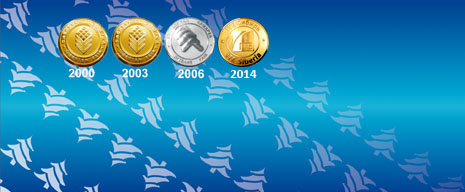 |
 |
Material Adaptation and Scaffolding Strategies as an Integral Part of a Clil Framework
The Content and Language Integrated Learning methodology, where content is taught by means of a foreign language, can become one of the options for solving the problem of reducing the hours allocated for teaching a foreign language in universities. However, the analysis of the psychological and pedagogical features of Content and Language Integrated learning indicates an increase in the cognitive load, both on students and teachers. To reduce the cognitive load and effectively implement this methodology at the university level, it is advisable to adapt teaching materials, as well as to use scaffolding strategies, which aim to provide help for students while they are studying until they gain the autonomy needed to fulfil educational tasks. The article focuses on the description of the theoretical preparation and practical implementation of the educational module of the “Fundamentals of personal and communicative culture” discipline held with the use of the Content and Language Integrated Learning methodology at non-linguistic faculties. The article presents the results of a survey carried out among the participants of the experiment held at Novosibirsk State Technical University. The purpose of the survey was to discover whether material adaptation and scaffolding strategies contribute to learning efficiency. The findings indicate that students positively assessed the implementation of Content and Language Integrated Learning, which was facilitated by the adaptation of the material to the level of students’ language proficiency, as well as the use of scaffolding strategies that helped reduce cognitive load.
Keywords: CLIL, foreign language teaching, classroom material modification, scaffolding techniques, teacher’ support, tertiary education.
Сайт поддерживается в Новосибирском институте повышения квалификации и переподготовки работников образования и является участником Новосибирской открытой образовательной сети
